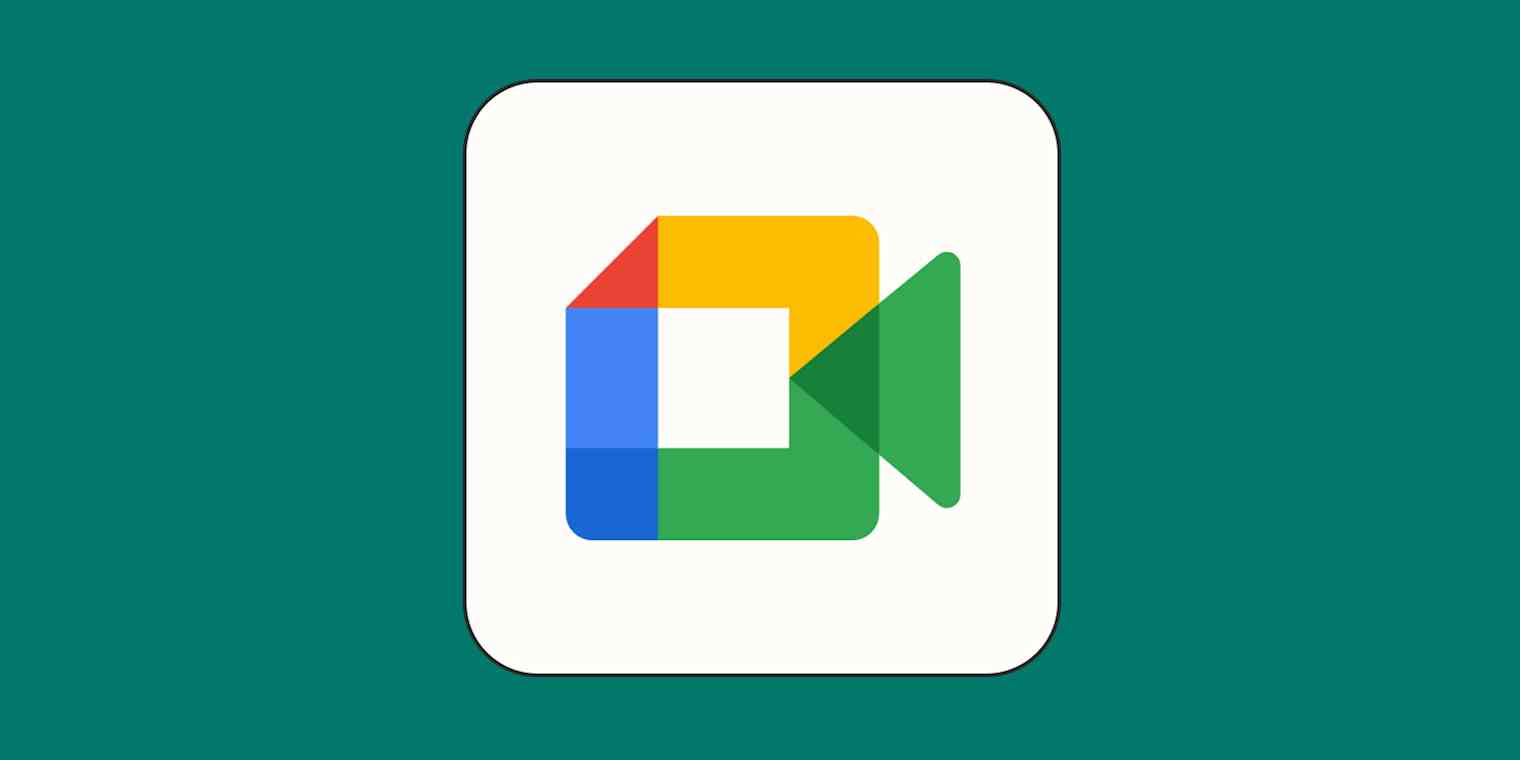App tips
6 min readHow to record on Google Meet: All your options and what they can do
By Hachem Ramki · March 29, 2024

Get productivity tips delivered straight to your inbox
We’ll email you 1-3 times per week—and never share your information.
mentioned apps
Related articles
Improve your productivity automatically. Use Zapier to get your apps working together.







